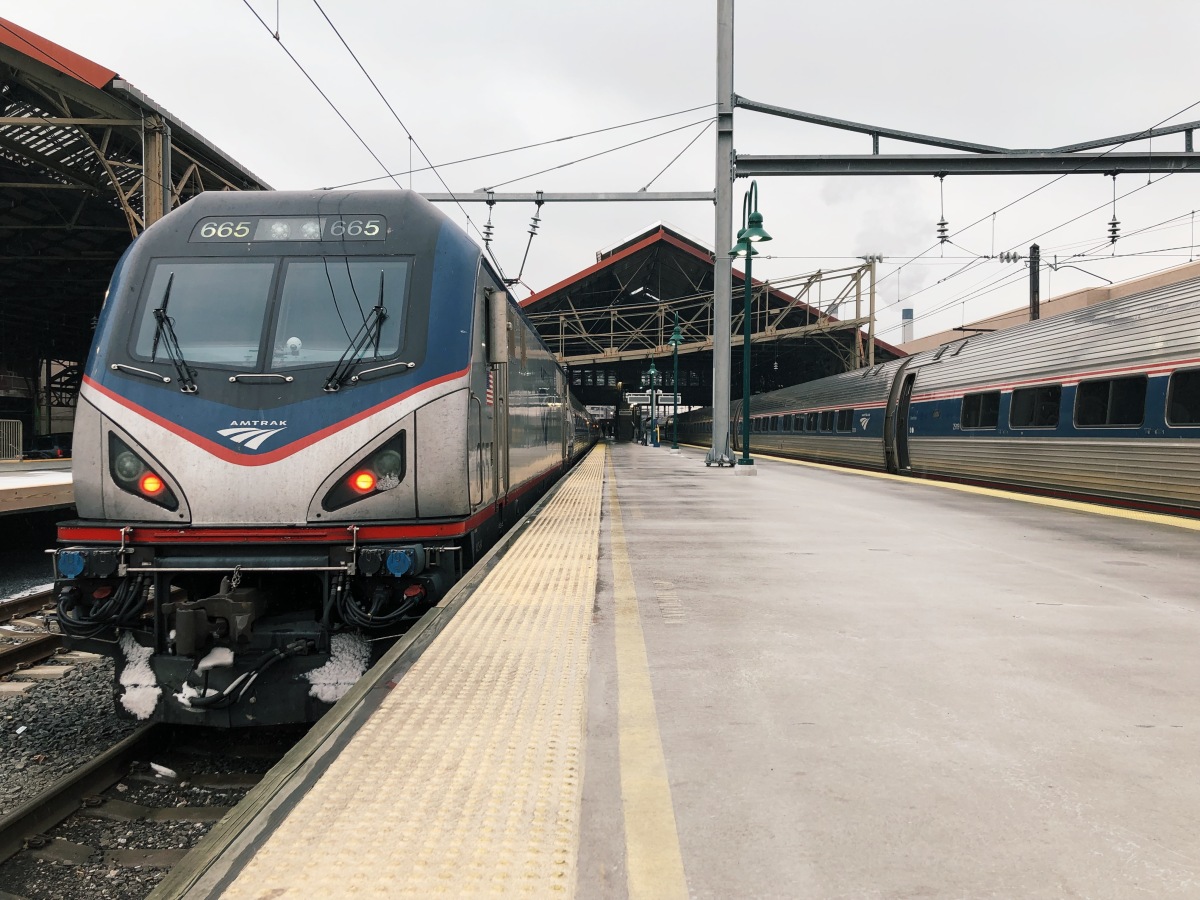generalcanada
Senior Member
that aint happening. service increases will come first, which means that their priorities are the new tracks, switches and train control systems.Any answers about my question as to whether ML will begin an overall electrification of RER or will focus on one major route at a time to get at least one route electrified much quicker?
As far as overall electrification, as long as the RER & UPX are electrified by 2026, I don't really see the problem.
the electrification of a single line methinks is coming earliest 2028







